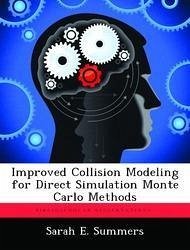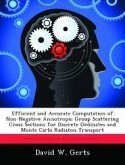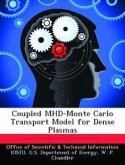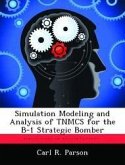In the Smoothed Accept/Reject (SAR) algorithm, the accept/reject criteria is altered from Direct Simulation Monte Carlo (DSMC): rather than a binary function of rejection or acceptance, collisions can be partially accepted with a linear weighting between zero and one. The partial acceptance is based on a band around the original accept/reject criteria defined as a percentage of the collision criteria, which is called ??. A relationship previously noted between Mach and ?? is explored. Velocity distributions of the particles are examined for all algorithms and compared to experimental data to determine the effect of the SAR algorithm at a microscopic level. All of the comparisons to experiment show a Mach dependency that has previously been noted, and the dependency was defined for the normal shock simulations. DSMC does adequately simulate the nonequilibrium within the cells at a high Mach number through the shock, but SAR does. The SAR algorithm models the flowfield in the shock better than DSMC through a change in the collision rate and particle sampling methods, which allows for a more accurate simulation.








